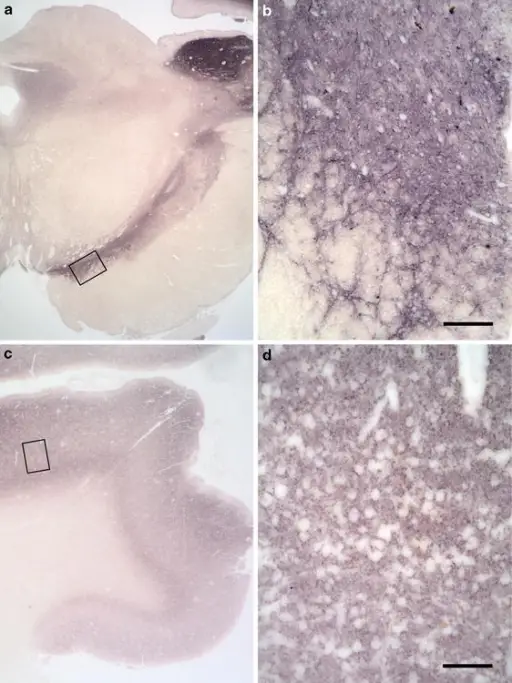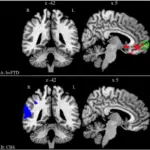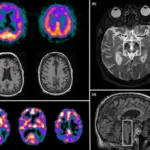Parkinson disease is a neurodegenerative disorder that affects predominately dopaminergic neurons in the substantia nigra.
What is the Pathology of Parkinson Disease?
Etiology: The cause of Parkinson disease the loss of nerve cells in the substantia nigra.
Genes involved: Parkin, PINK1, Mutations in α-synuclein, UCHL1, and DJ1
Pathogenesis: The pathology of Parkinson disease is loss of dopamine cells in the substantia nigra.
Histology: The histology associated with Parkinson disease shows Lewy Body, a cytoplasmic aggregate of proteins that appears eosinophilic, round, and elongated. There is also the presence of macrophages with pigmented material. These represent sites of neurodegeneration.
How does Parkinson Disease Present?
Patients with Parkinson disease typically are over 60 years of age. It is more common in men than women. The symptoms, features, and clinical findings associated with Parkinson disease include tremors, rigidity, bradykinesia, and impaired gait.
How is Parkinson Disease Diagnosed?
Parkinson disease is diagnosed based on the medical history, signs and symptoms, and a neurological and physical examination.
How is Parkinson Disease Treated?
Parkinson disease has no cure. Medications that may help include Carbidopa-levodopa, and dopamine agonists like pramipexole, or ropinirole. Amantadine may be helpful as well.
What is the Prognosis of Parkinson Disease?
The prognosis of Parkinson disease is fair. Most people with Parkinson’s disease now have a normal or near-normal life expectancy.



